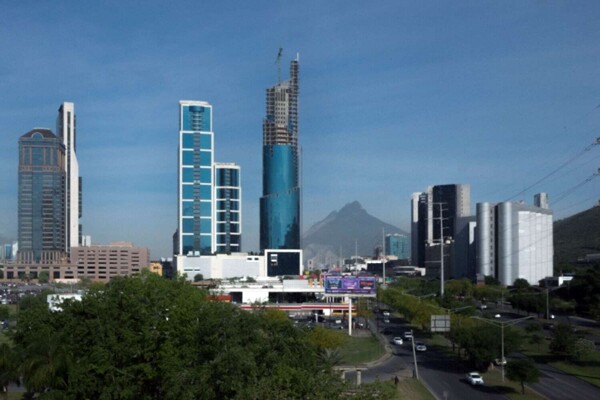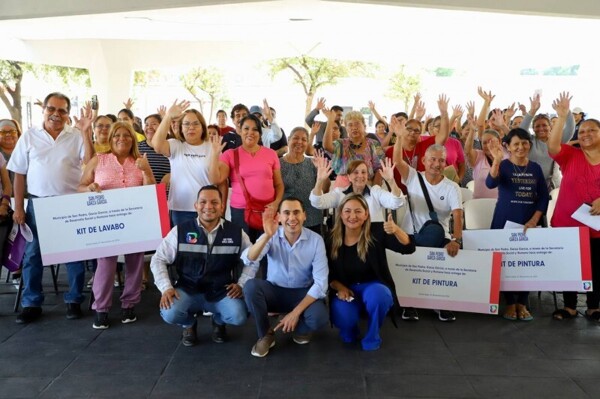
Elements of Civil Protection and Municipal Police of San Pedro have begun the Stop The Bleed certification process. This program aims to improve care for citizens in extreme emergency situations involving severe bleeding due to accidents. The training took place at the Institute of Police Training and Improvement and was taught by Dr. Blas Correa, creator of the advanced trauma training program and expert in traumatic emergencies.
About 40 participants took part in the training, receiving theoretical knowledge on the management and control of bleeding, followed by practical exercises with specialized tools designed to address these types of emergencies. Gilberto Almaguer Meléndez, director of Municipal Civil Protection and coordinator of the training, emphasized the importance of being at the forefront of trauma emergency care to provide the best possible assistance to residents when required.
Each participant will be certified by the instructor doctor, validating their proper compliance with the training standards. On the other hand, the municipality of San Pedro Garza García will begin a plan to repair 180 damaged sanitary manholes on various roads such as Alfonso Reyes, Roberto Garza Sada, Real San Agustín, and Santa Bárbara, among others. These tasks, under the responsibility of the Pavement Directorate of the Public Services and City Maintenance Secretariat, aim to improve traffic conditions on the avenues.
Manuel Salazar Andrade, coordinator of the Pavement Directorate, explained that the tasks will include the complete demolition of the damaged exterior concrete in the sanitary manholes and their replacement with new material. So far, approximately 25 manholes have been rehabilitated, and it is estimated that the repair work for the remaining 180 will take around two months to complete.













